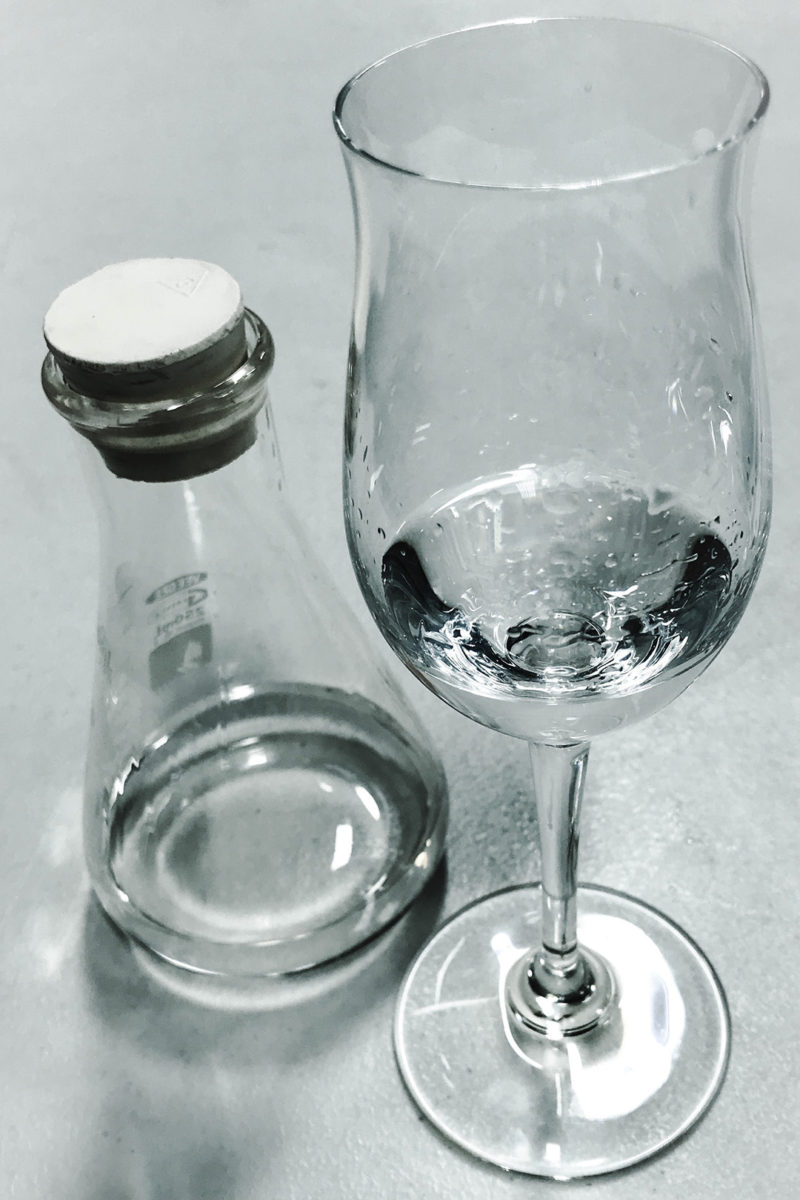Grappa – The Spirit of our Vineyards

If you can’t please everybody with your deeds and your art, please only a few. To please many is bad.
Schiller
Grappa won’t please everyone. Indeed, it is unlikely to please many. So why is Sidewinder Spirits distilling Grappa? We are distilling grappa to please those few who, like ourselves, appreciate the rustic authenticity of this spirit.
Grappa is an ancient drink. Legend places it in Roman times, although the first recorded commercial production wasn’t until 1779 with Grapperia Nardini, an Italian distillery still operating today. Although grappa production (or its equivalent like marc in France or bagaceira in Portugal) is widespread throughout Europe, there is no evidence that grappa was ever made in Livermore Valley, in spite of the fact that we were known for our fine grape brandy. Perhaps this was because grappa is labor intensive and difficult to make well.
Grappa is produced from the leftovers of winemaking. It is a spirit distilled from the grape pomace (the pressed skins) after fermentation. When made with care, grappa can express the true essence of the grape perhaps better than any other brandy because it is distilled with the skins. The key, here, is ‘with care,’ as fine grappa requires fresh pomace (right out of the press) and bain-marie or steam-powered pot stills to prevent scorching of the skins during distillation. Care is what separates the harsh grappa many of us have experienced from expressive grappa treasured by sommeliers.
Fresh pomace is essential in the production of quality grappa. Sidewinder is the rare example of a distillery located inside a winery. Because our still is only a few feet from our grape press, we have the freshest pomace available. Also, our winery has a pot still with a bain-marie heat source. Nowhere is there a more perfect setting for producing grappa. Still, the making of grappa is not without difficulty.
Sidewinder Spirit’s grappa production began at the end of the 2017 harvest as the last of our red wines (Cabernet, Merlot, and Malbec) were being pressed. The pomace from these wines was blended and then bucketed by hand into the pot still where the skins were distilled for the first time. At the end of each distillation, the still was cleaned, and another load of pomace was introduced. This was a time-consuming labor of love.
The spirit from the first distillation, the stripping run, was collected in a steel tank. Then, the stripping run was distilled a second time (the spirit run), with care being taken to retain only the first cut of the hearts. In total, one ton of fruit produced a scant 3 cases of grappa (6 cases bottled at 375mL). Now, this precious liquid is resting at cask strength in glass carboys until it is ready to be bottled. Expect the first release of this rare spirit in the Fall of 2018.


